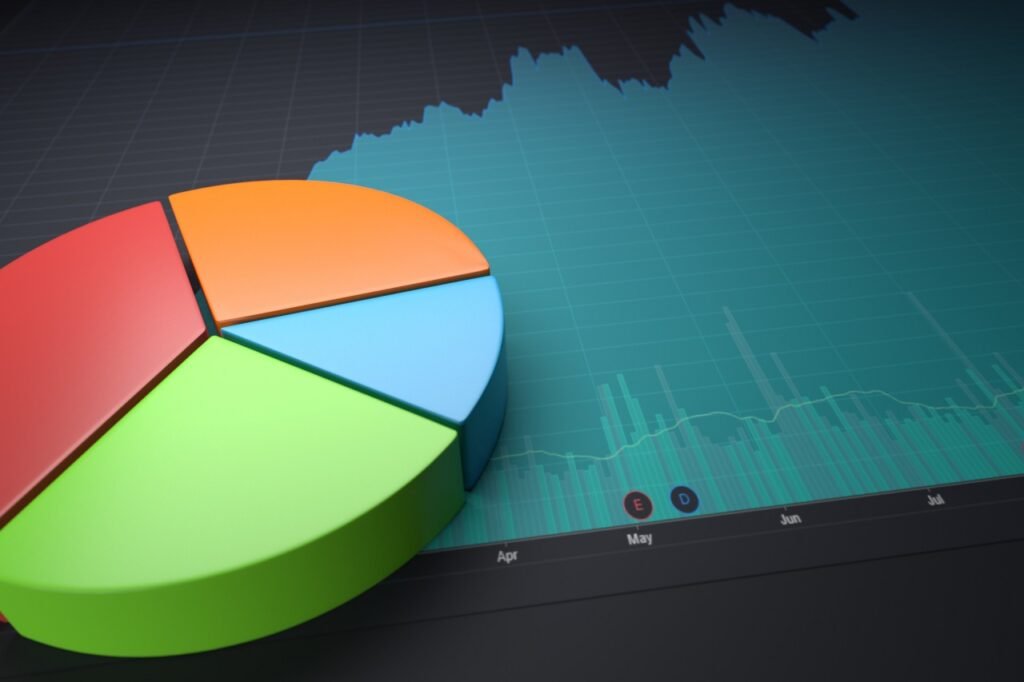Assets – An Introduction
A company’s balance sheet contains assets, liabilities, and equity. The sum of funds amounted by investors and as well as preserved profits is referred to as equity (or losses). Liabilities, like borrowed funds or loans, are sums that effectually decrease a company’s overall budget authority. A company’s value corresponds to its assets minus its liabilities in financial reporting terms.

An asset is an investment or holding that a business or person controls as a consequence of prior activities and from which potential financial gains are anticipated to circulate to the business or personal monetary gains. In other words, assets are beneficial since they can be transformed into earnings or funds.
An Asset class is a grouping of comparative monetary equities in a Portfolio of assets. It is a collection of investments that share comparable attributes and are governed under identical statutes and regulations. Consequently, asset classes are composed of securities that frequently act identically in the market.
Types of Assets
Different types of Assets may be classified into the following categories:
Short Term Assets
Short-term (or current) assets are investments that are expected to generate funds within a year’s time. Cash and other money equivalents, inventory, deferred revenue, as well as some pre-paid expenditures are all included.
Equity Assets
Equity Asset and security investments, like bonds and shares, contribute to a firm’s profits.
Fixed Assets
Fixed assets are long-lasting components such as equipment and property investment. Fixed assets, as opposed to short-term assets, are predicted last for longer than a calendar year. A fixed asset is frequently a capital outlay. Although the expense is paid for during year one, it is typically accumulated uniformly over the effective life of the investment on accounting information.
Intangible Assets
Intangible assets are investments with a valuation but no basis in reality, such as trademark rights, patent protection, copyrights, etc.
Key to Growth of Asset Portfolio
Investment Account
A dedicated investment account is the first step toward effectively establishing your asset portfolio. You can either choose to open and manage it on your own, or you can choose to designate the responsibilities to a professional or agency.
Professional Assistance
If the prospect of creating an asset portfolio from scratch feels daunting, you can still engage and oversee your finances without doing it on your own. Financial advisors and fund managers are effective alternatives. They establish and oversee an asset portfolio for you based on your risk sensitivity and desired outcomes.
Sensible Investments
After you’ve opened an investment portfolio, you’ll have to stock your investments with the real assets in which you would like to participate. Here are a few typical examples of types of investments.
Stocks
Stocks are a small portion of a company’s equity. Investors are buying equities that they expect will appreciate in valuation over a period.
Bonds
Bonds are loans made to businesses or governments that are repaid with compounding interest.
Mutual Funds
You can engage in a variety of mutual funds, the major benefit that places it above buying equities or stocks is that they provide immediate diversity to your portfolio.
Allocation
Allocating and maximizing your investments is a significant key to growing your asset portfolio. An effective allocation of each asset is necessary to maximize returns. When building a portfolio from concept to completion, looking at template portfolios can provide a structure for just how you may wish to allocate your own assets.
These templates or examples could be of some other investors or companies. Also, setting goals is necessary which will assist to decide whether an immediate or long-term investment is feasible or not.
Rebalancing
Flexibility is something that goes a long way in ensuring that the losses are kept to a minimum and profits are maximized. This is where rebalancing a portfolio comes in handy. Assessing and analyzing an asset class and its allocation size in a certain period or during an event that may affect its performance is necessary.
You can always choose the allocation size of assets and increase or decrease the volume depending upon your goal, this I called rebalancing.

